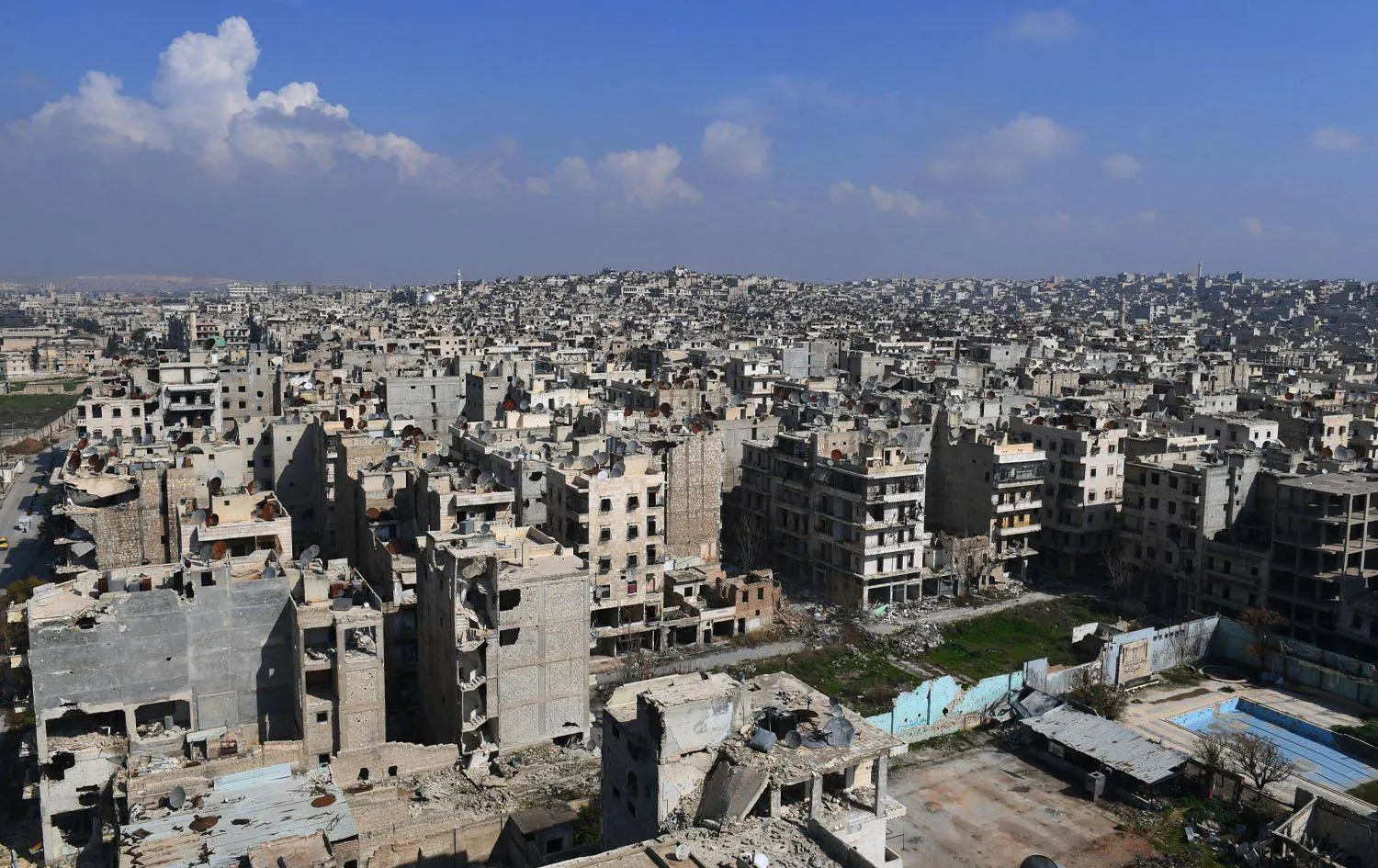A group of Israeli officers have issued statements on “Iranian proxies” in Syria and Lebanon over their threats to Israel and its offshore gas fields, which observers saw as warnings to the Iranian leadership.
Israel's Chief of Staff Lieutenant General Gadi Eizenkot accused Iran of working to forge a “Shi’ite crescent”.
“Just glance at the scale of Iranian investment in order to achieve regional hegemony – it adds up to giving “Hezbollah” between $1 billion and $700 million each year," Eizenkot said in a speech to the IDC Herzliya University.
Eizenkot further said Iran currently had around 2,000 military advisers in Syria deployed alongside 10,000 foreign Shi’ite militiamen and 8,000 “Hezbollah” fighters.
Hezbollah “has built a significant offensive missile array, which can be defined as a strategic offensive array in every respect,” according to Israeli Navy commander Major General Eli Sharvit.
Col. Yuval Eilon, commander of the Navy base in Ashdod, wrote in an article that “it can be assumed that in future confrontations the subterranean medium will be threatened significantly by those who wish to harm Israel’s strength.”
He assumed that “the range of means and capabilities is wide and varied – from suicide swimmers, through explosive boats to deep-water and explosives expert divers and even dwarf submarines and homemade mining and sabotage systems.”
It is well known that Israel will start next year more drilling in the north of the Israeli Exclusive Economic Zone.
This would spur tension with “Hezbollah” that considers the area Lebanese territory.
Israel's Chief of Staff Lieutenant General Gadi Eizenkot said earlier that “Hezbollah” has witnessed a change in the past years. It has become an organization that fights as an Iranian arm.
“Hezbollah lost more than 2,000 fighters and has more than 10,000 wounded fighters,” he added.
Some Israeli generals said certain restrictions might prevent “Hezbollah” from waging a war against Israel.









